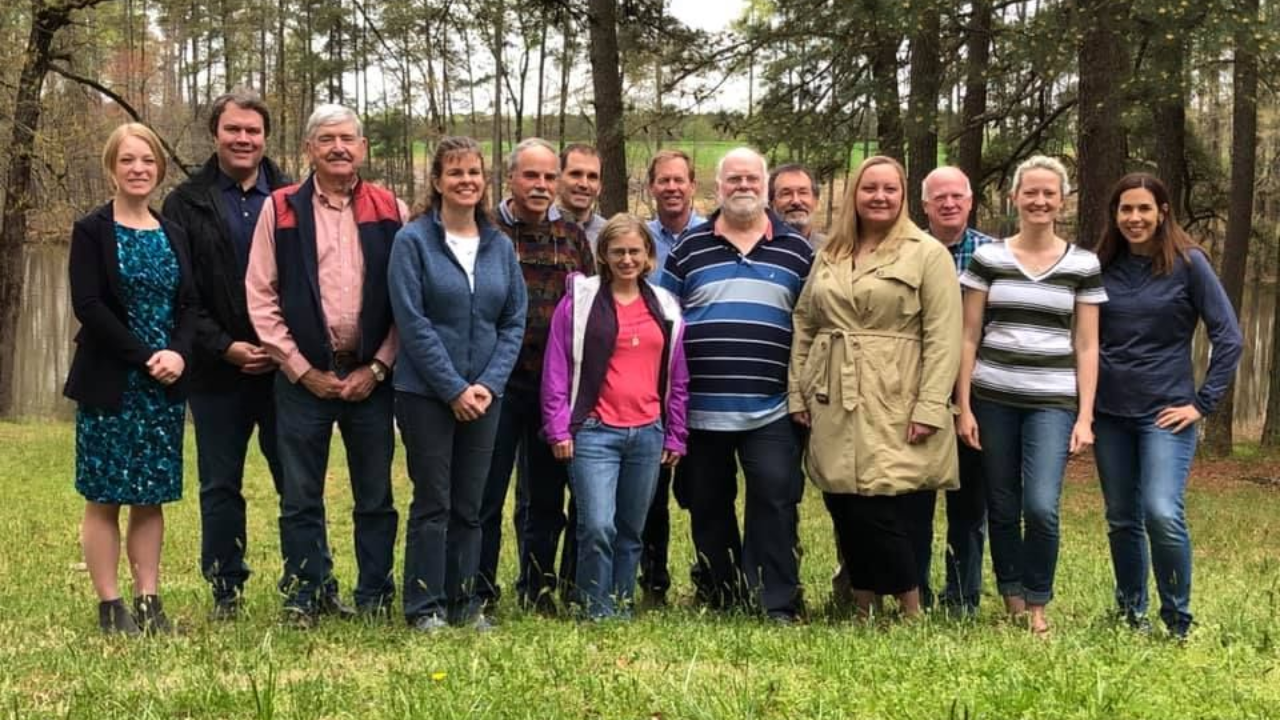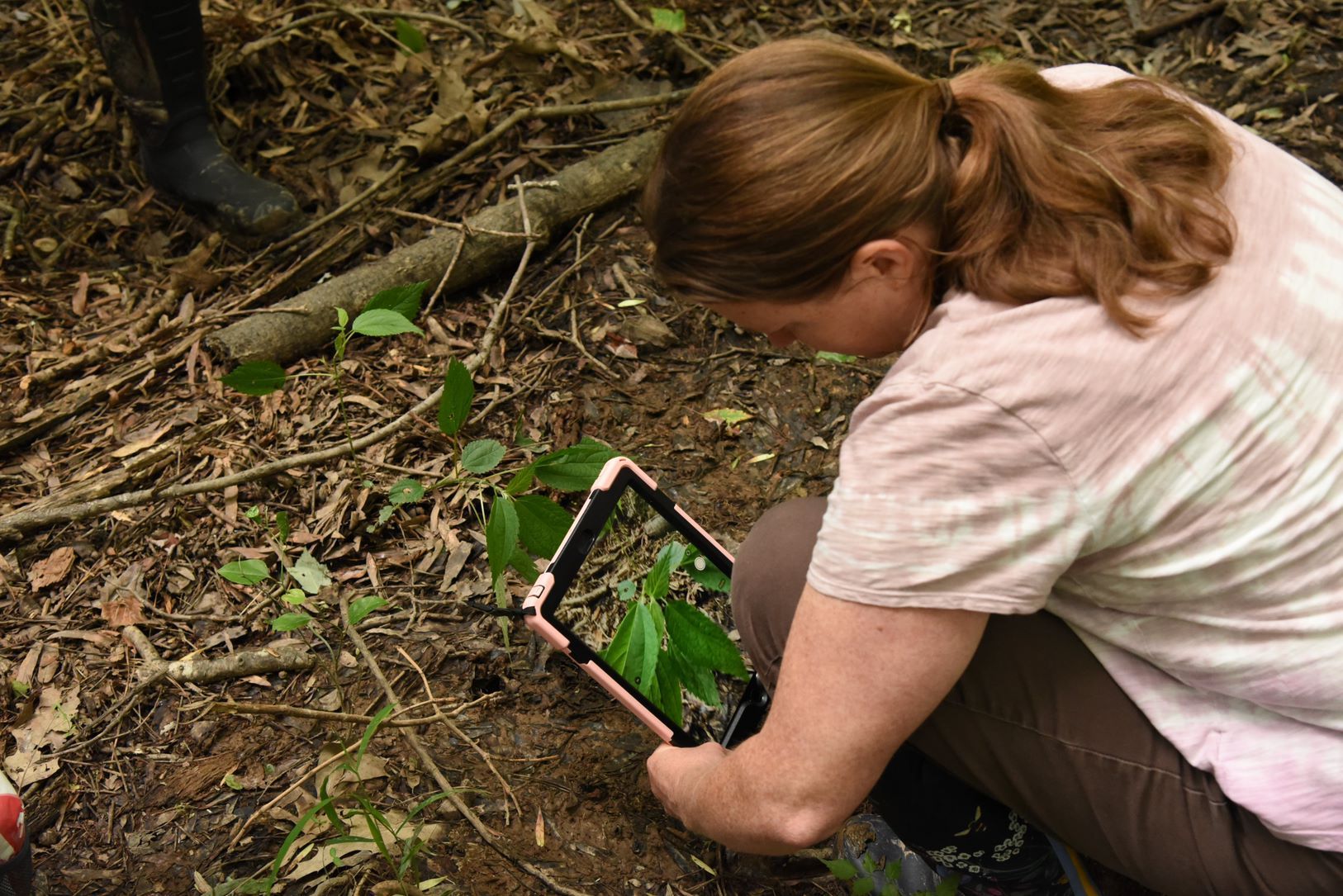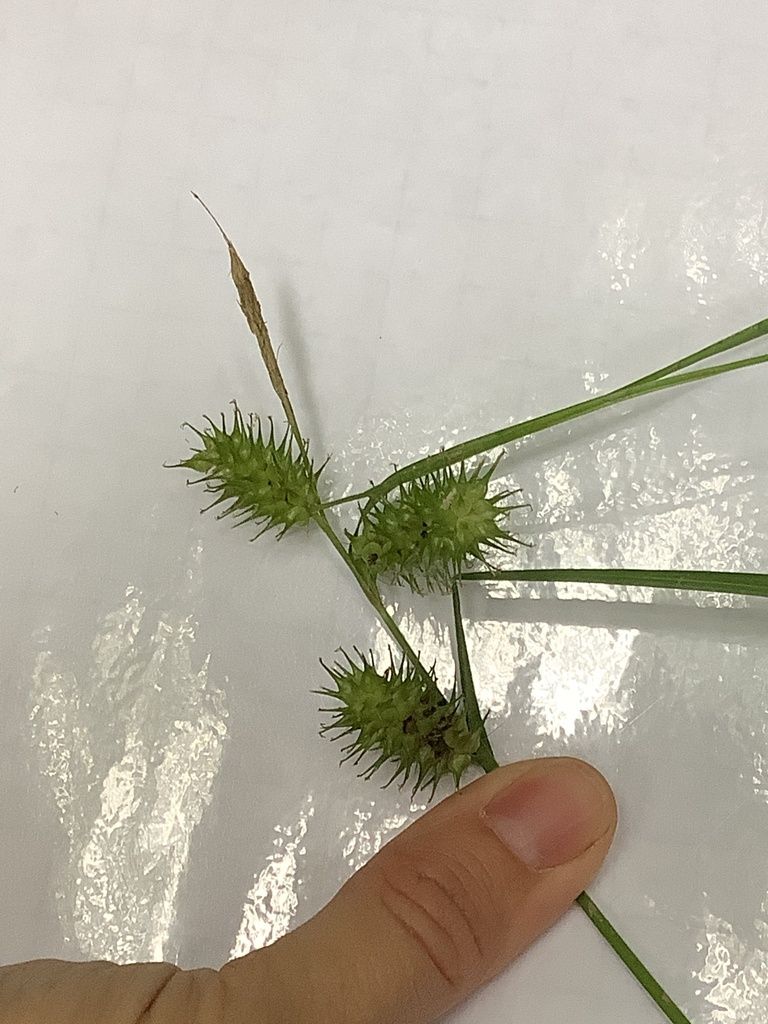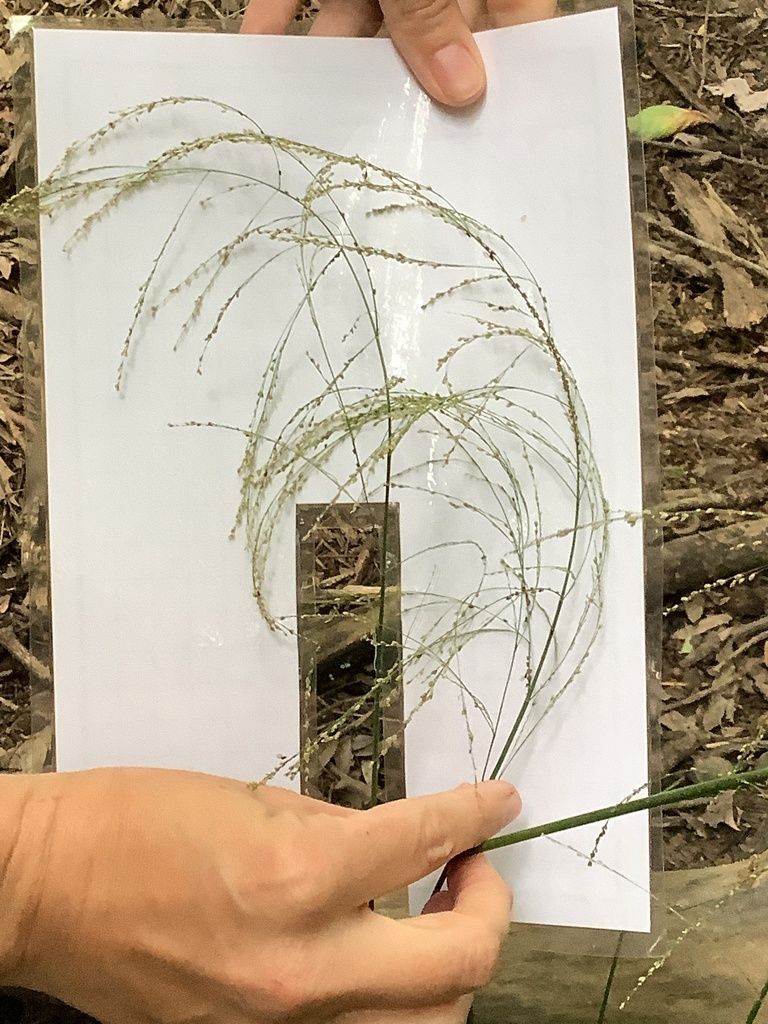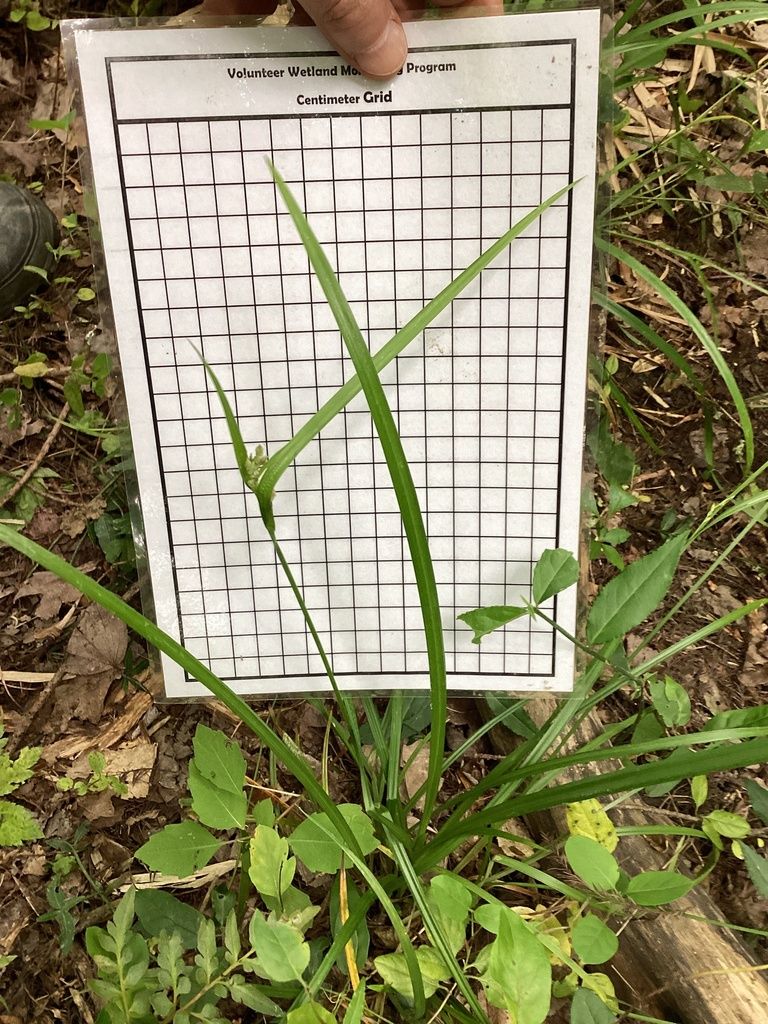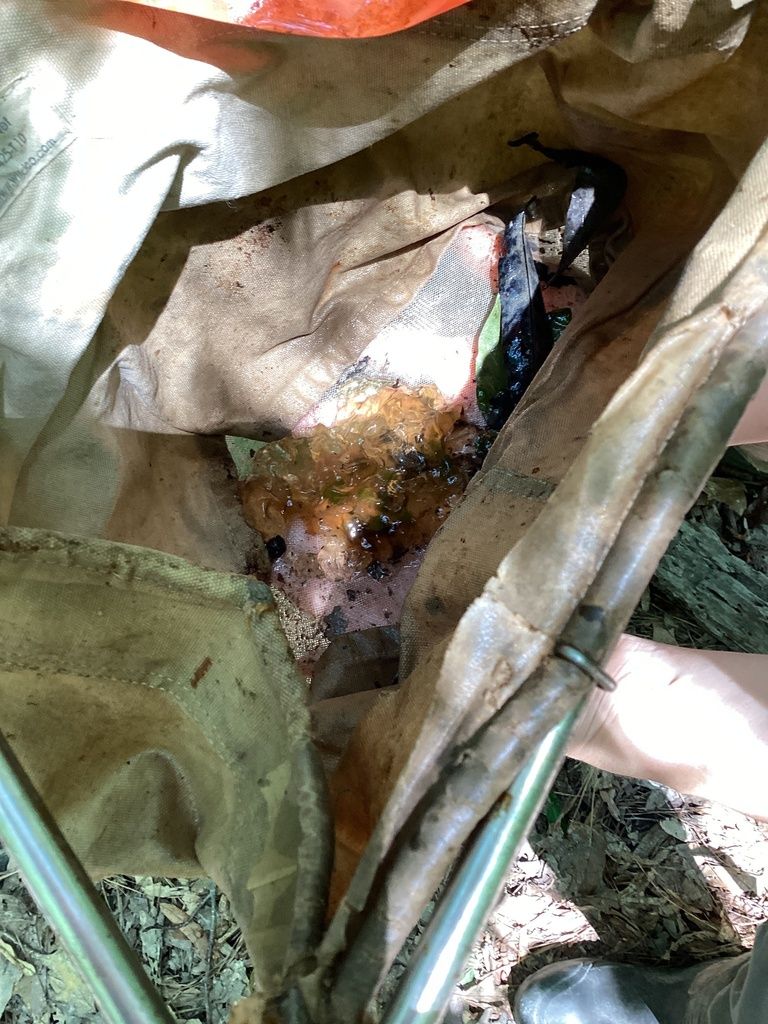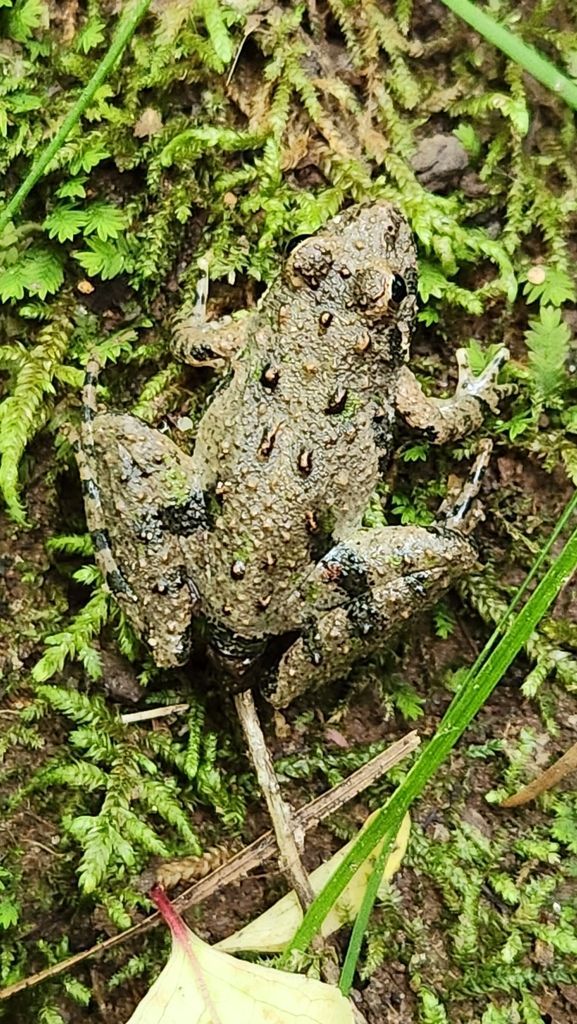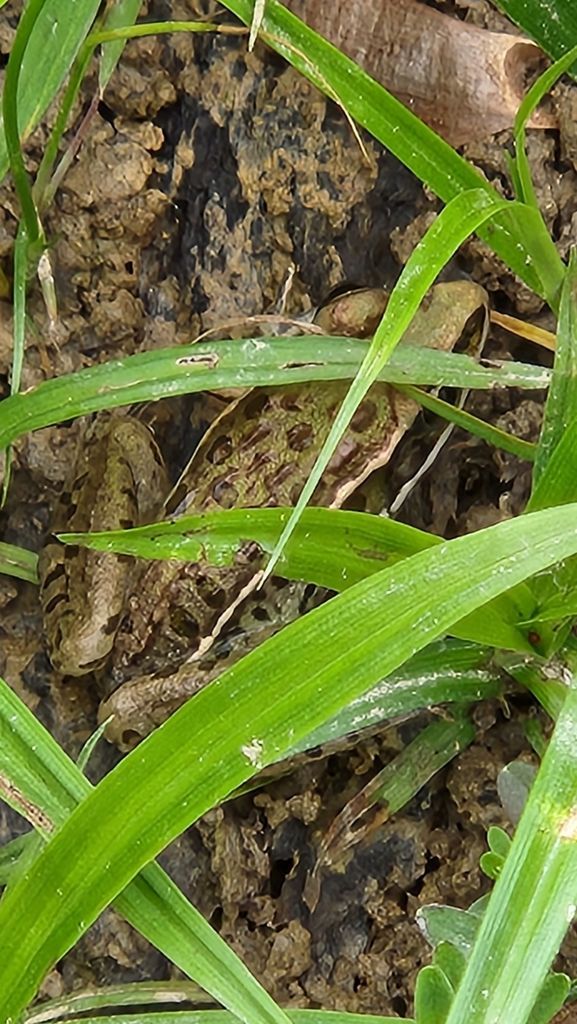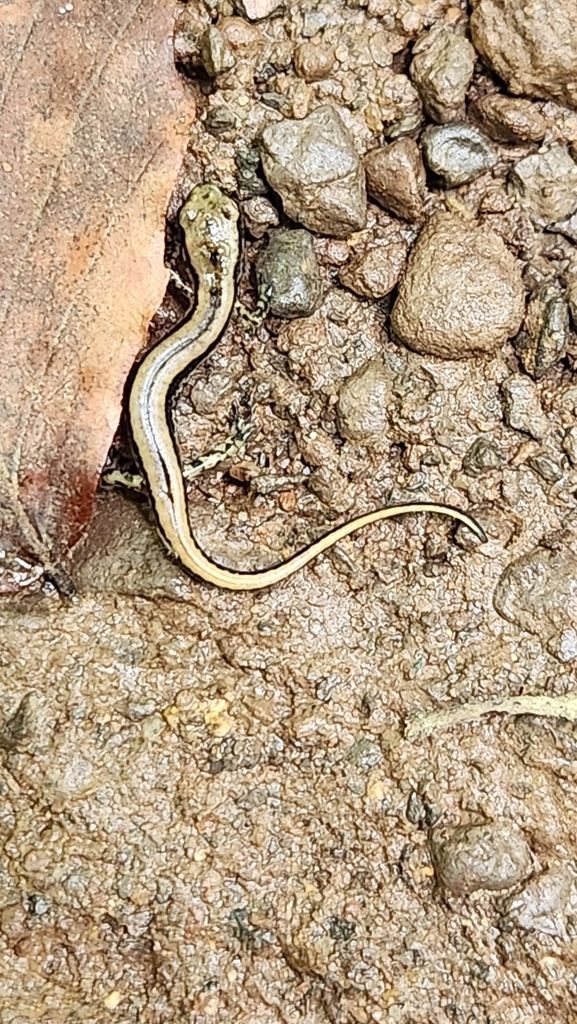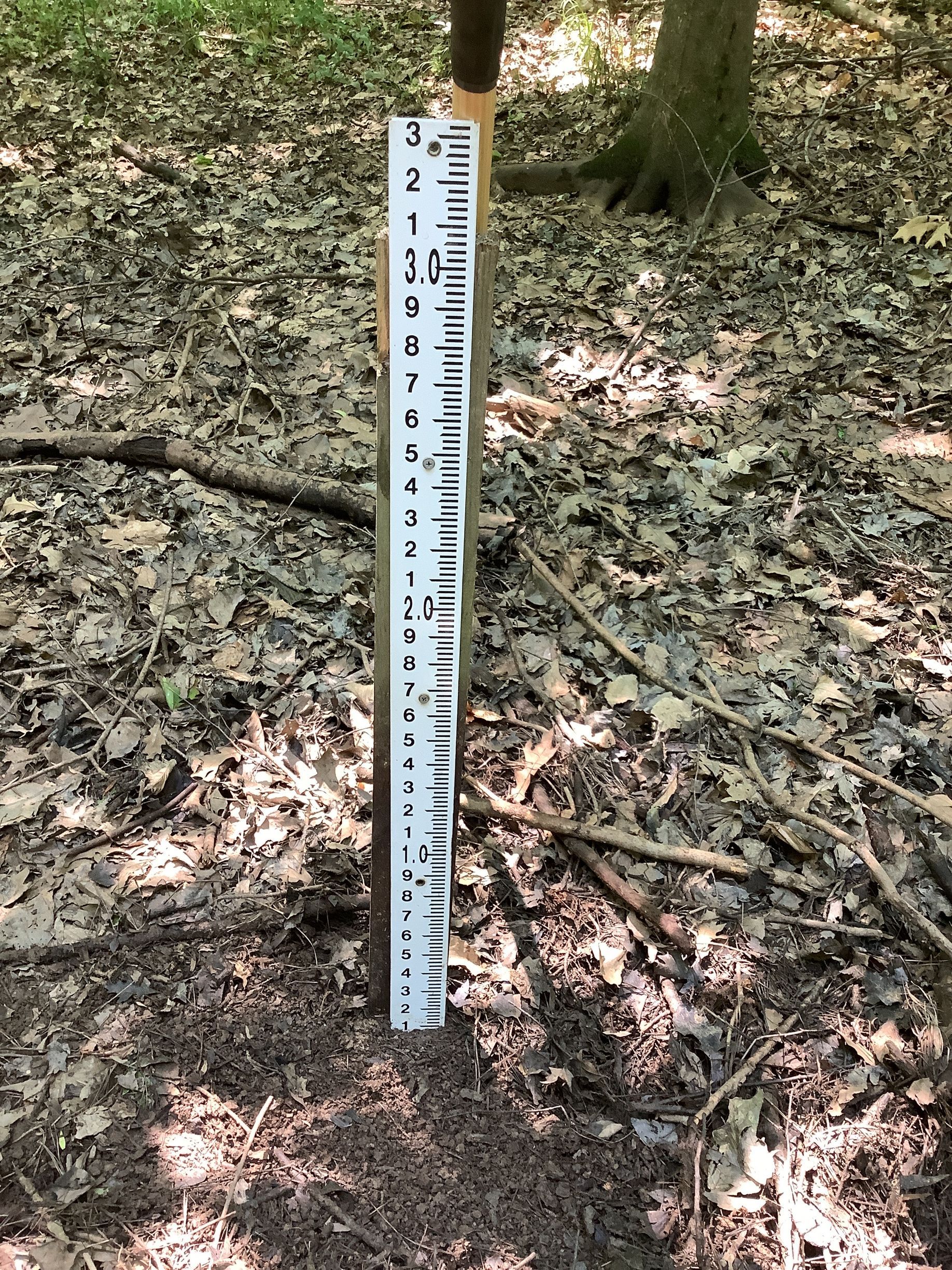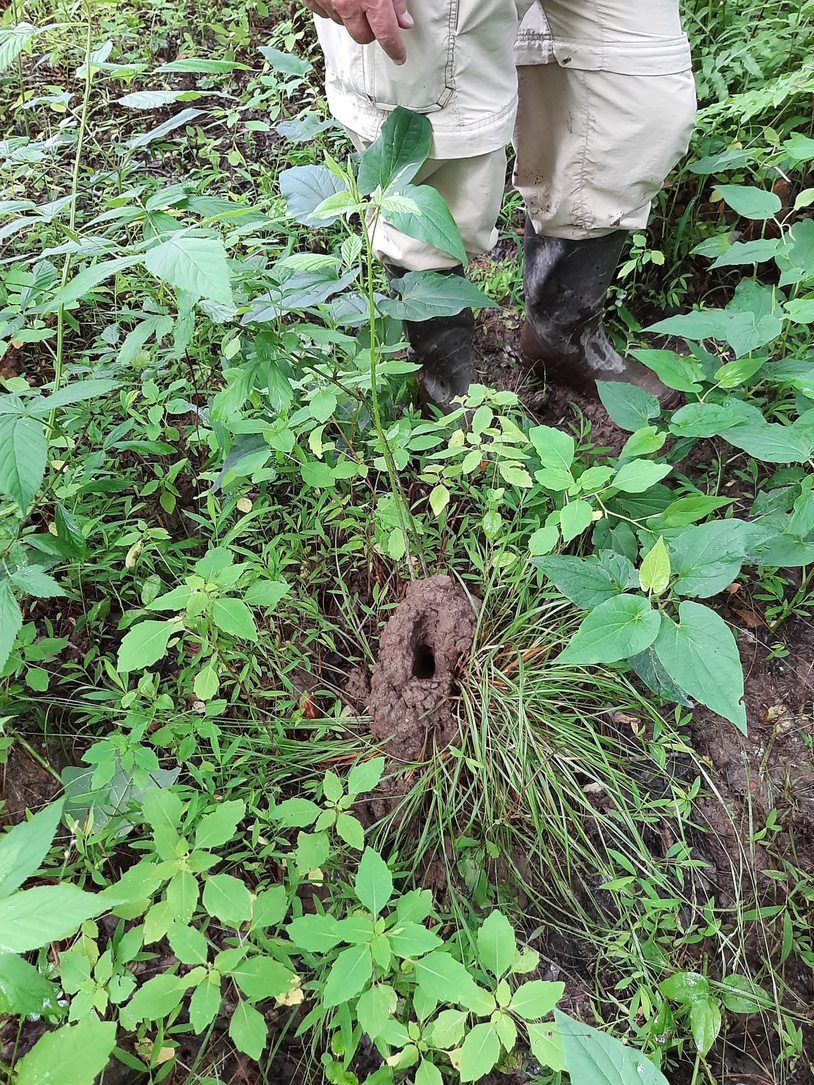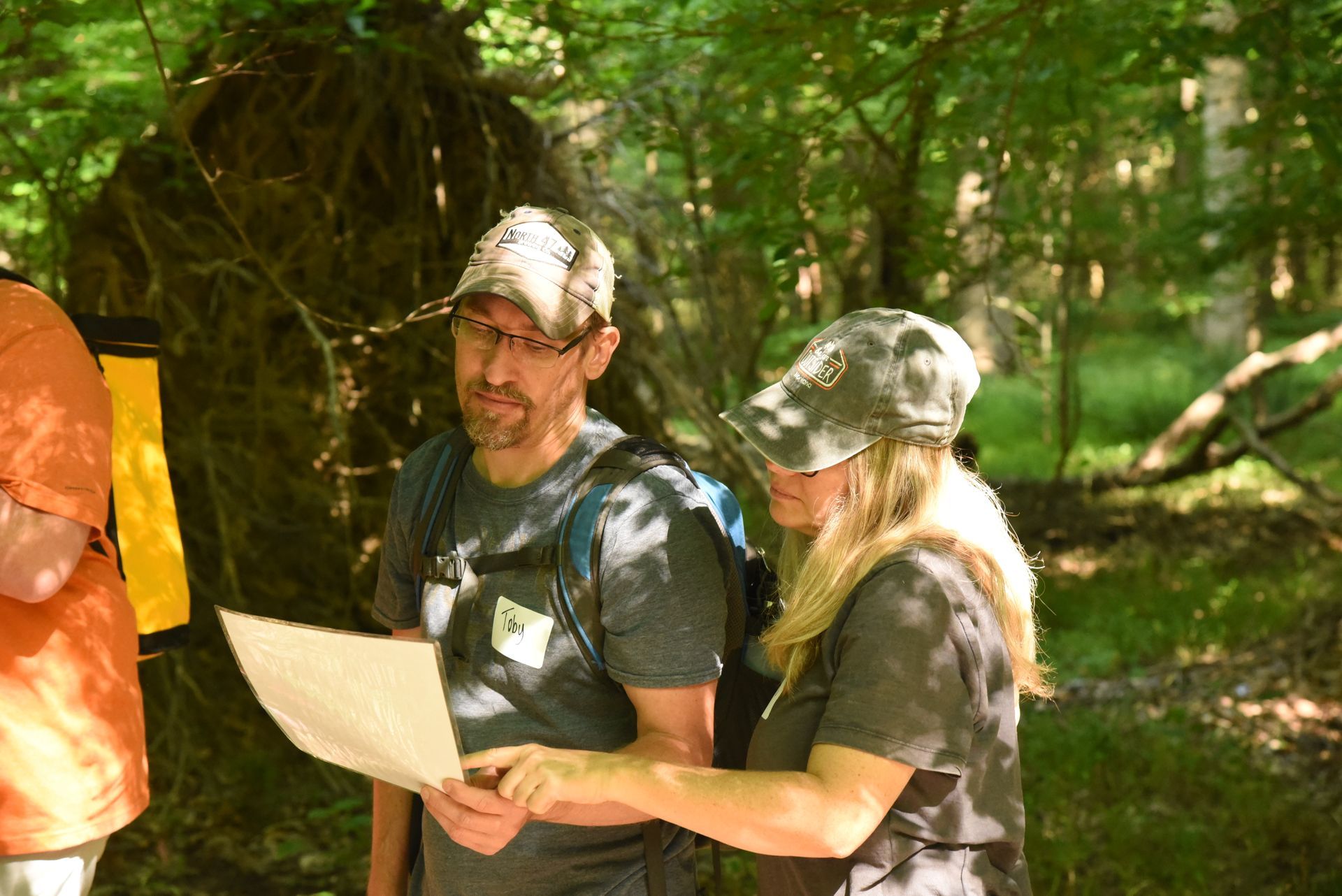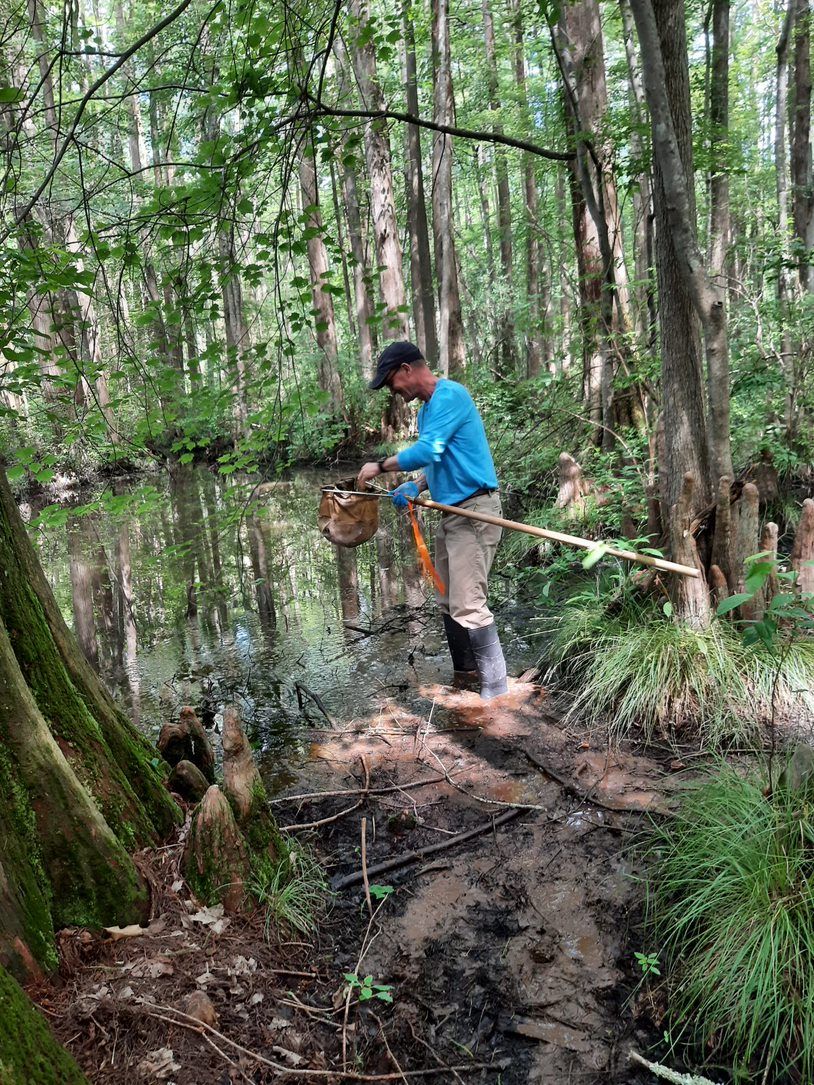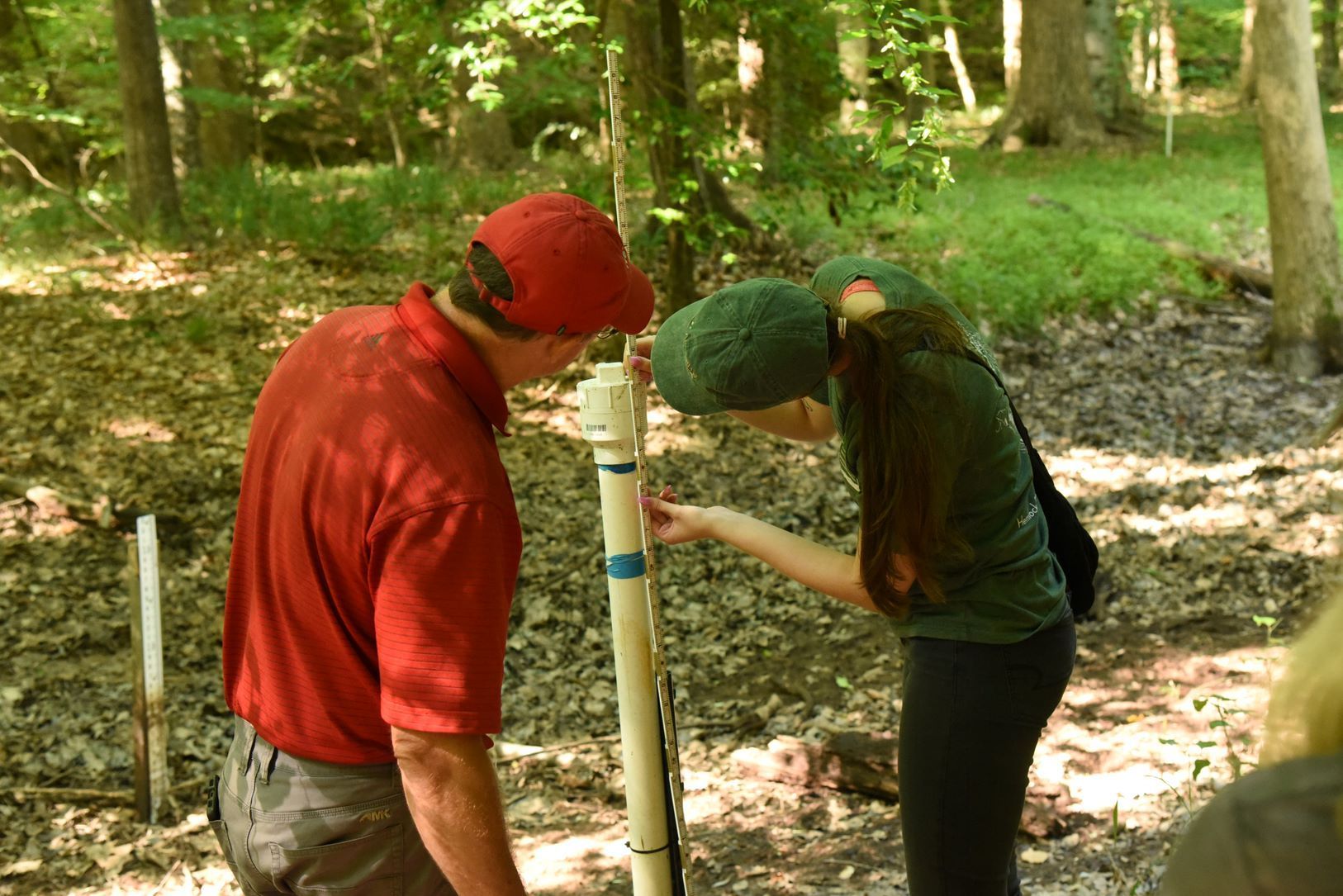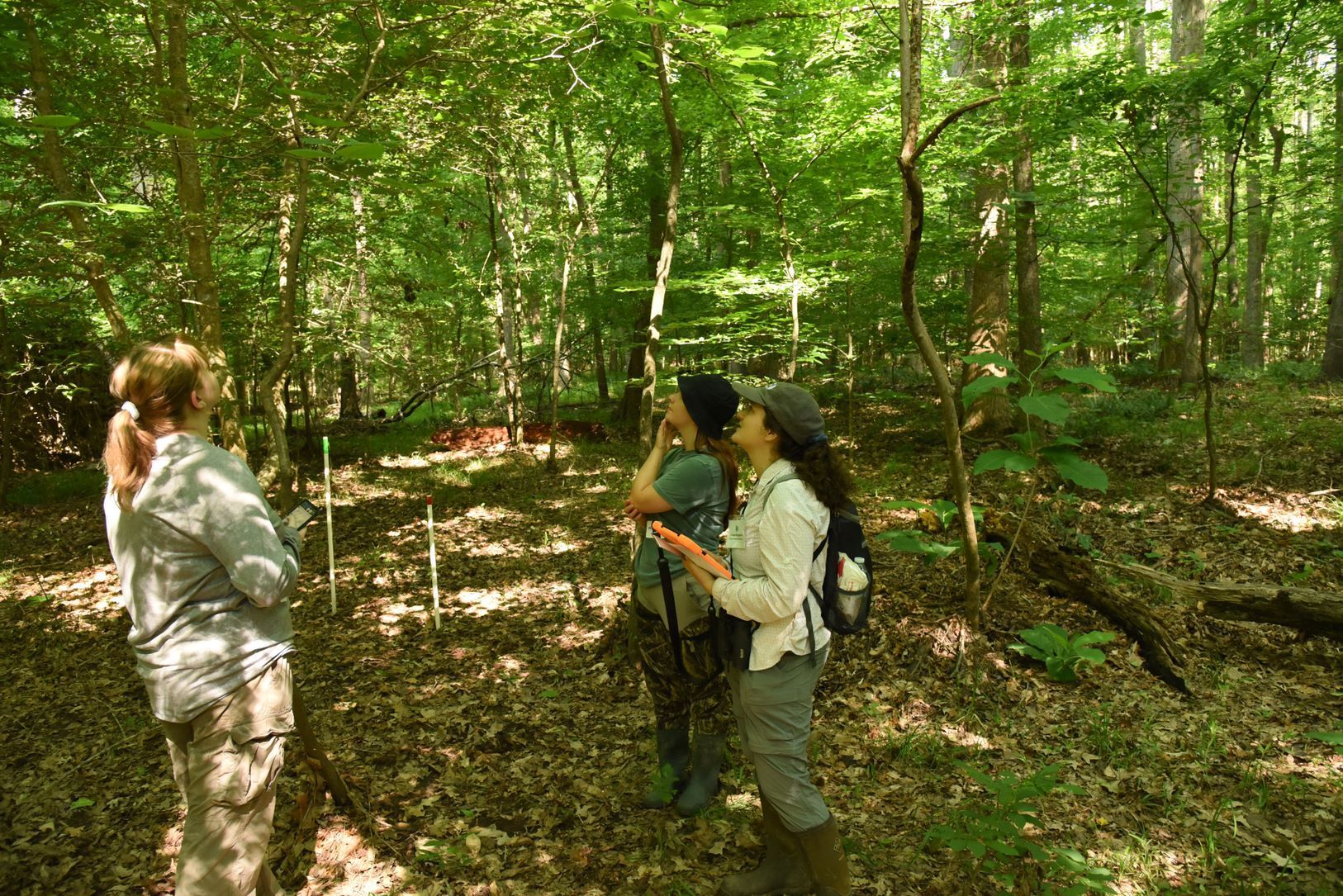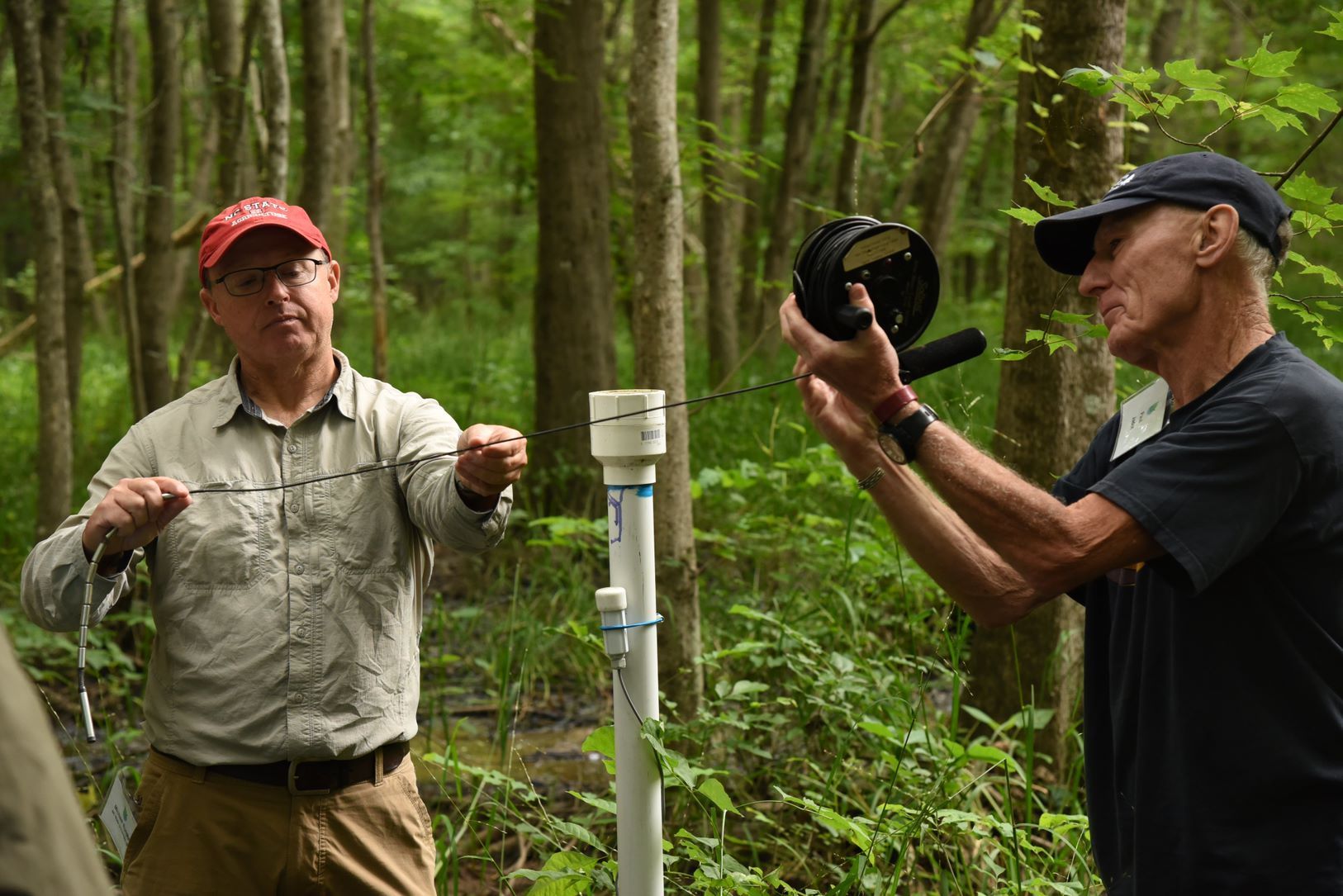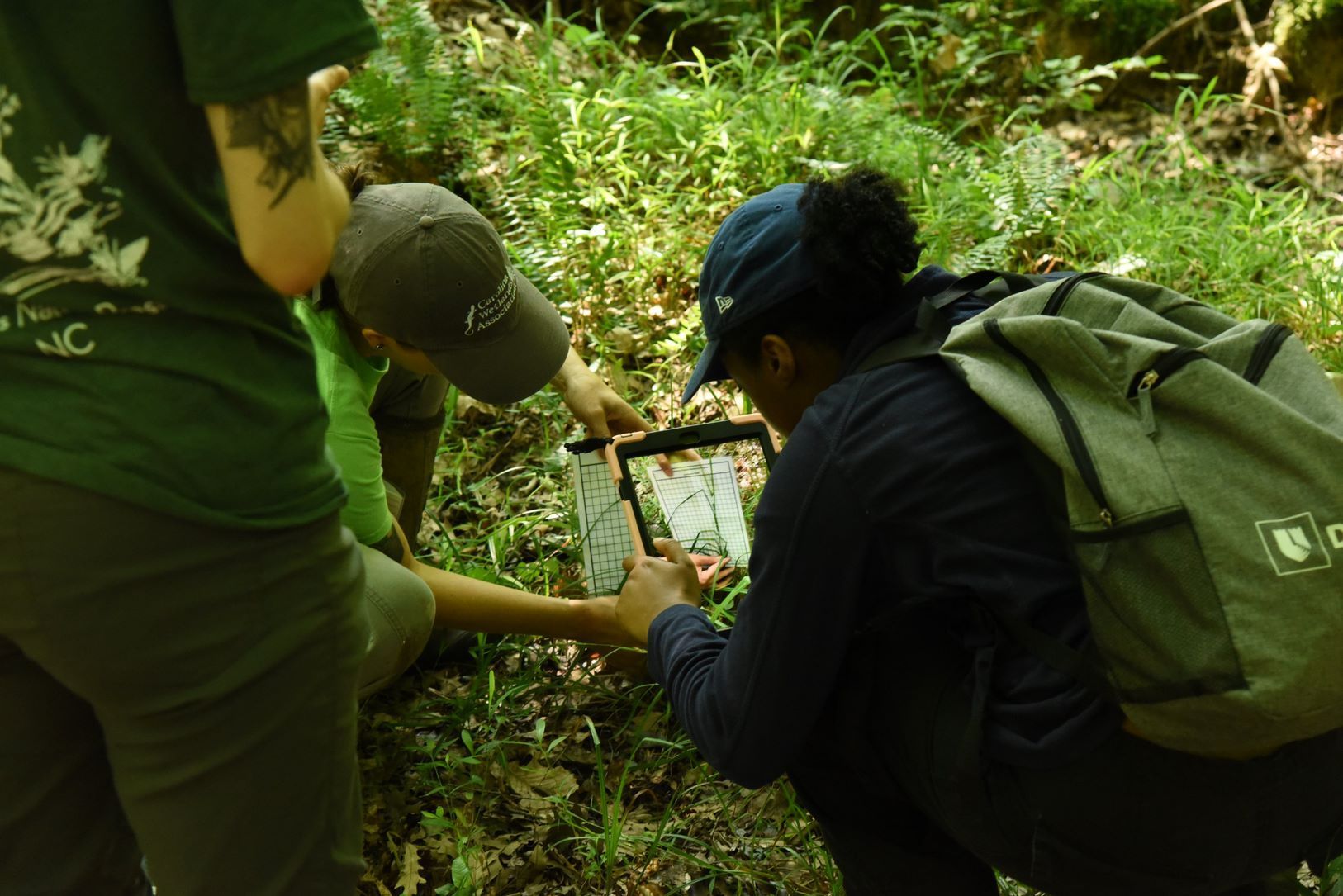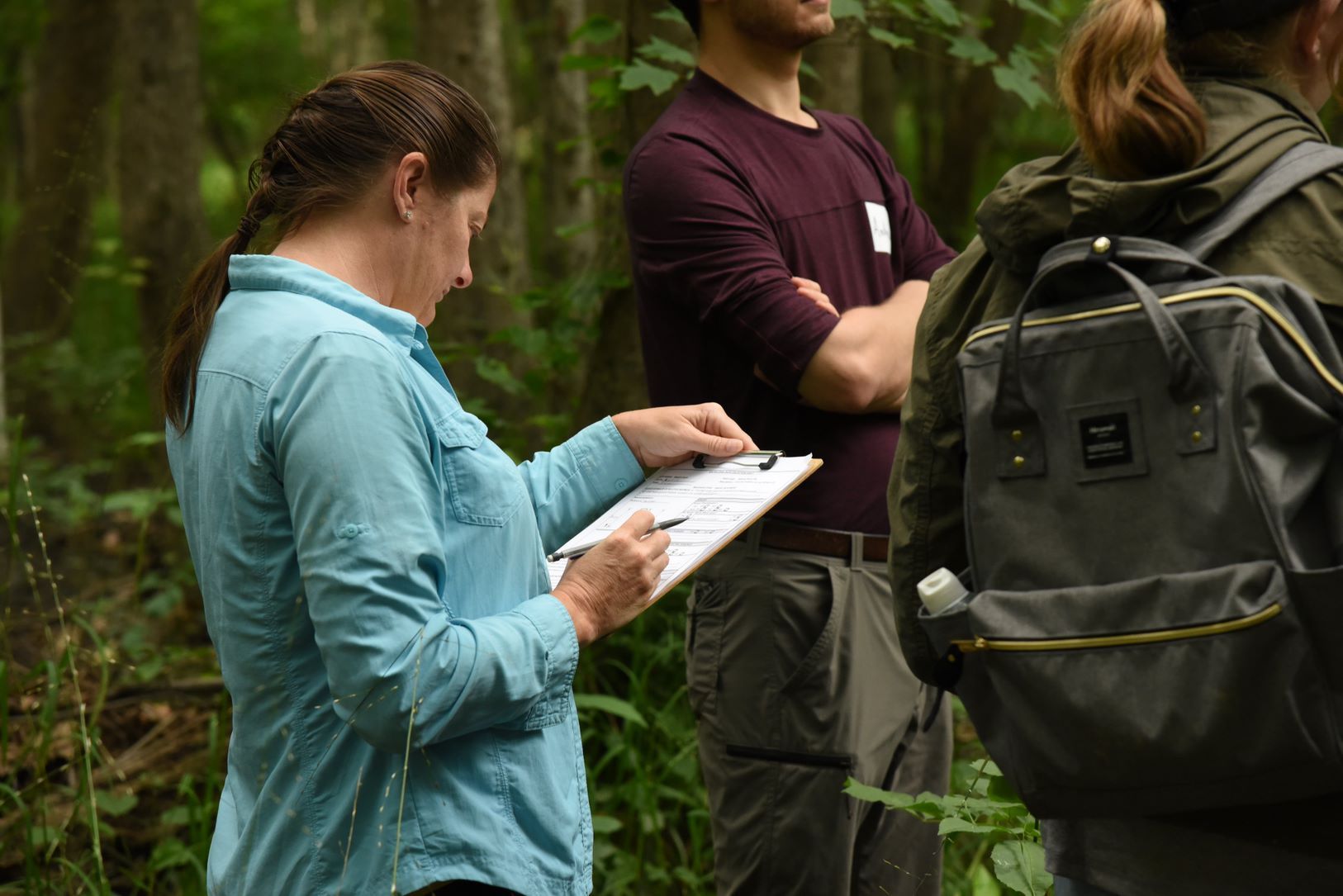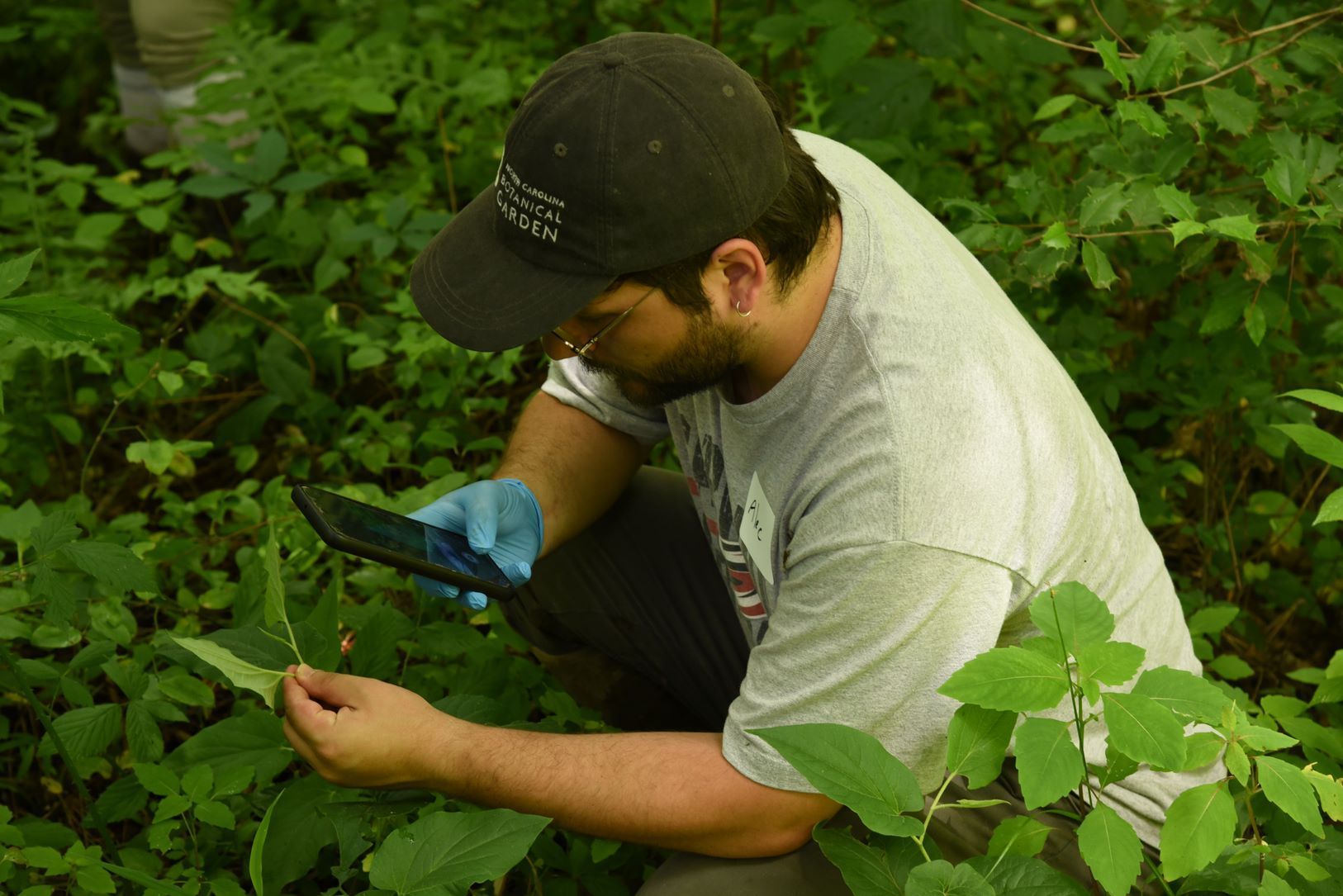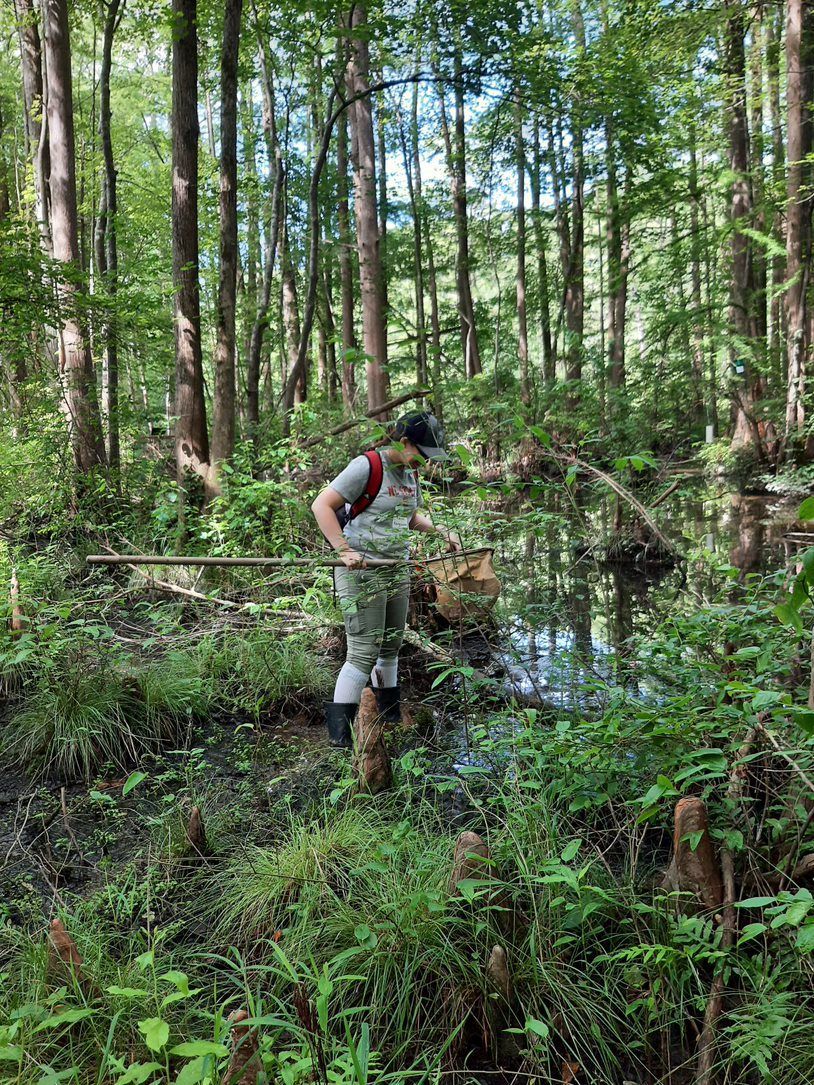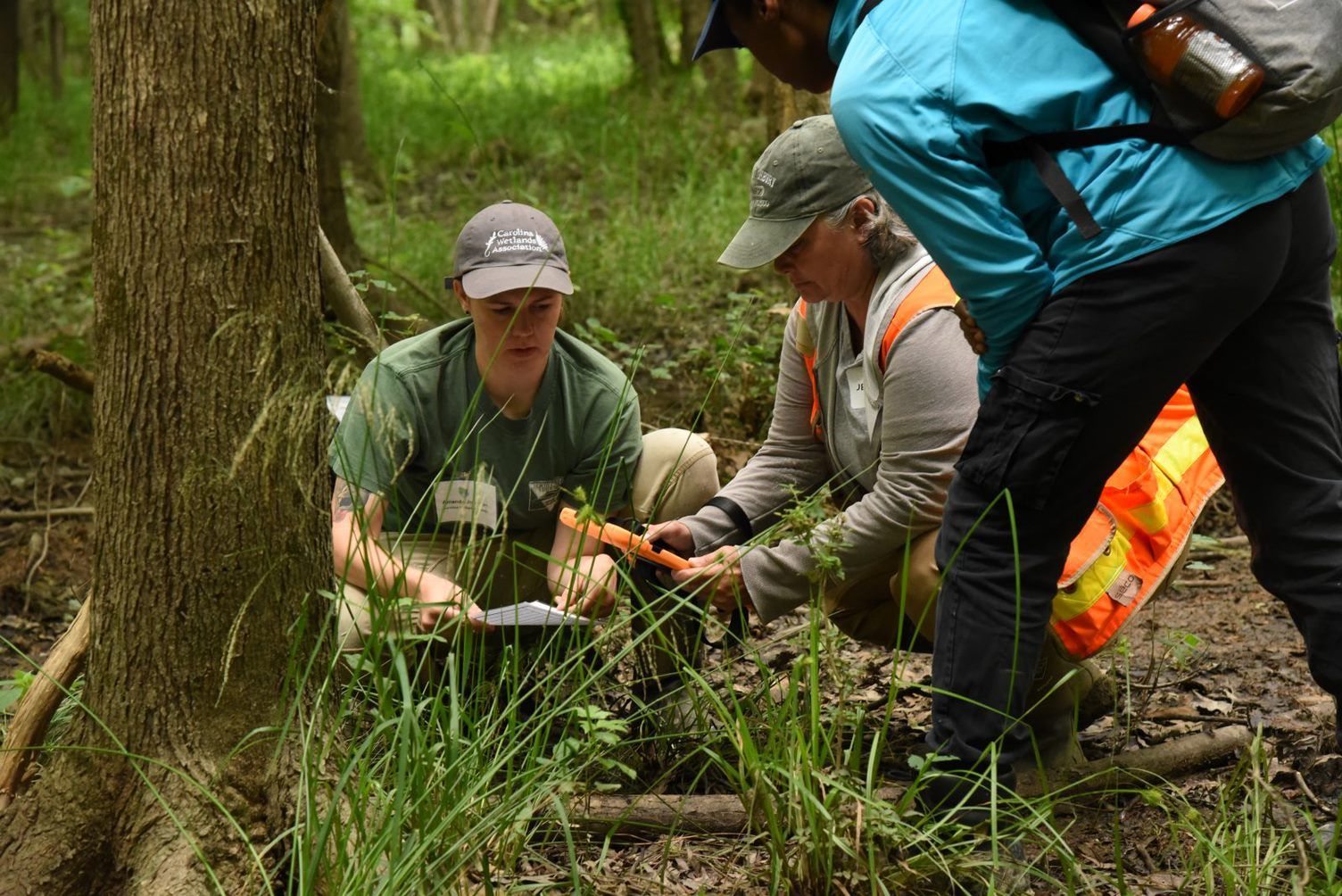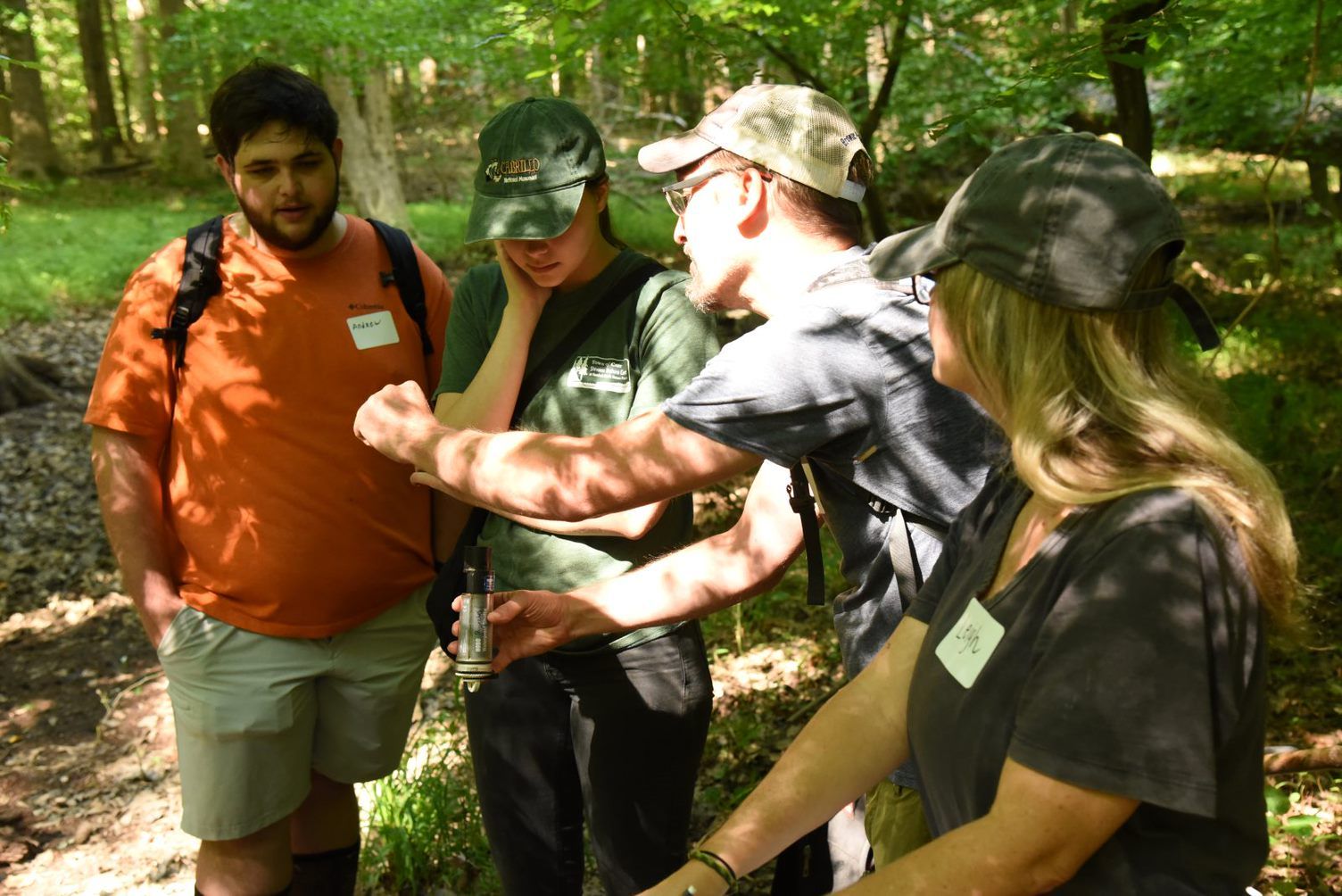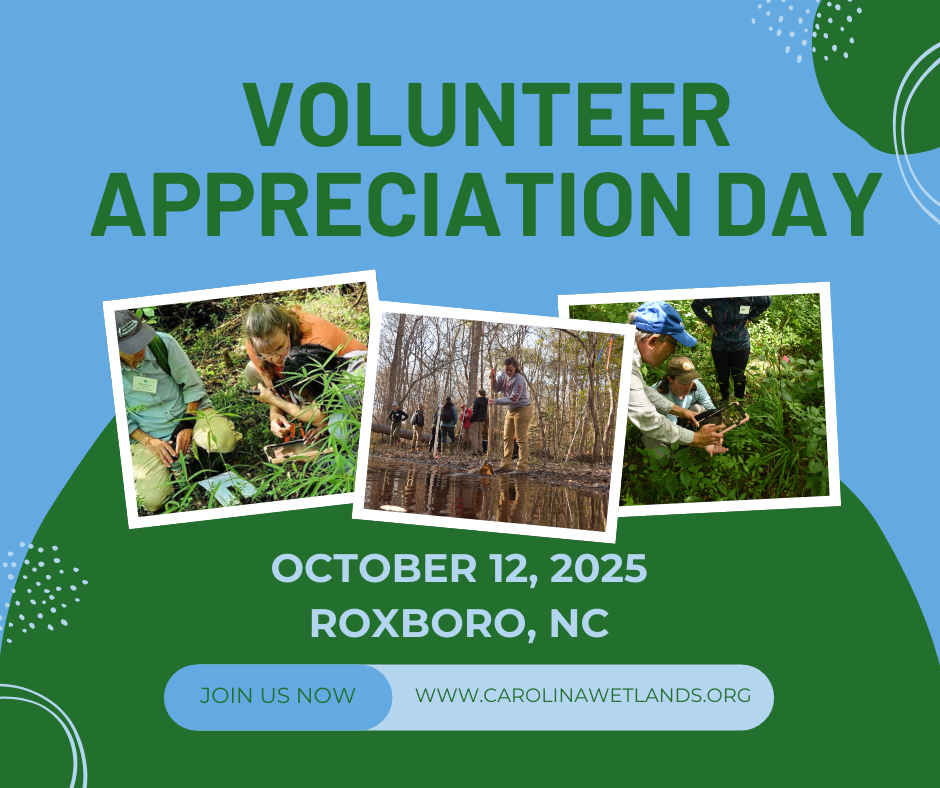Our vegetation surveys went more smoothly than last year, as we let iNaturalist and PictureThis take the lead on most of our plant IDs, while using our resources to check that the IDs made sense. We checked our app IDs against photos and descriptions of the plants from iNaturalist, field guides, and our own prior knowledge of plant ID.
June monitoring: Wetland warriors spent long days in the wetlands with plants, amphibians, and water, oh my!
We just wrapped up our second monitoring event of the year and were happy to see returning faces, new volunteers, and our plant lovers show up! We conducted our usual water quality and hydrology monitoring, but also surveyed for amphibians and plants.
We got lots of practice with our rushes, sedges, and grasses. Luckily there were some seed heads to guide us.
We found lots of hydrophytic plants that are obligate (OBL) or facultative wetland (FACW) species, meaning that if you find them, you are likely to be in a wetland! Some of these included, lizard’s tail (OBL), jewelweed (FACW), fowl mannagrass (OBL), and false nettle (FACW).
You can check out the wonderful Common Wetland Plants of North Carolina book, updated by one of our previous board members, Kristie Gianopulos, here: https://www.ncwetlands.org/plantguide/
You can learn more about a plant and check its wetland status, here: https://plants.usda.gov/home
We also monitored for amphibians, but didn’t find much. This may be because our large groups spooked them, but could also be because our drier sites caused juveniles to metamorphosize early, before their pools dried up and head to upland areas. We actually found some already hatched spotted salamander eggs. Don’t worry they’ll be back next Spring!
We did find an Eastern Narrow-mouthed toad, Three-lined salamander, Southern Leopard Frog, and Northern Cricket Frogs!
You can check out everything we found on the data page of our website.
I had a wonderful time with all of you this weekend. Thanks to all of our wetland warriors for volunteering! I can’t wait to see you at our next event. Mark your calendars for our September sampling!
Photo credits: Thomas Reed
You might also like
